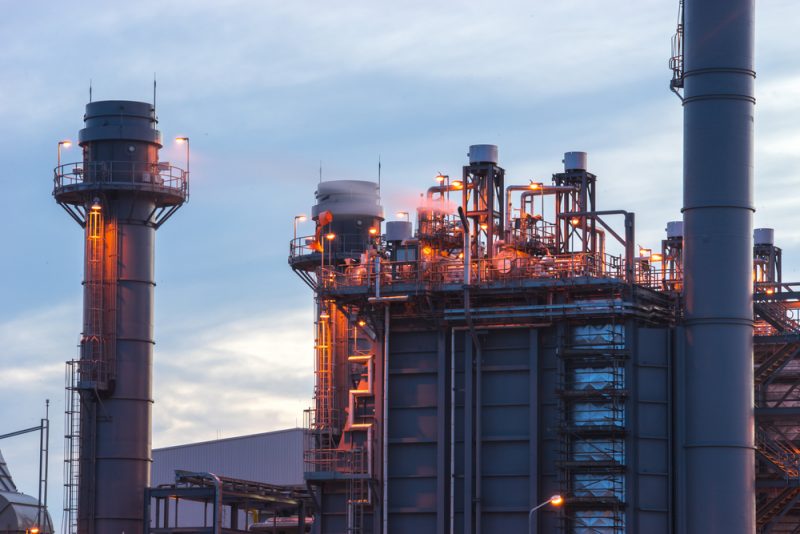Natural gas generators make up largest share of US generation capacity

In 2016, natural gas-fired generators accounted for 42 percent of the operating electricity generating capacity in the United States, according to the U.S. Energy Information Administration.
Natural gas provided 34 percent of total electricity generation in 2016, surpassing coal to become the leading generation source. The increase in the use of natural gas since 2005 has mainly been driven by the continued cost-competitiveness of natural gas as compared to coal.
Natural gas-fired combined-cycle units, which are operate throughout the day as baseload generation, accounted for 53 percent of the 449 gigawatts (GW) of total U.S. natural gas-powered generator capacity
in 2016. Other types of natural gas-fired technology typically run only when electricity demand is high. This includes combustion turbines, which make up approximately 28 percent of total natural gas-powered generator capacity, and steam turbines, which make up 17 percent.
Every state except Vermont has at least one natural gas plant. Approximately 38 percent of U.S. natural gas-fired generation capacity is located in Texas, California, Florida, and New York. In these four states as well as seven others, natural gas makes up more than half of the total electricity generating capacity. Texas’ 69 GW is the most natural gas-fired capacity of any state, representing 15 percent of the nation’s total.
The average capacity factor, which measures the utilization of power plants, for natural gas combined-cycle units has increased from 43 percent in 2011 to 56 percent in 2016. This trend highlights the growing contribution of natural gas-fired combined-cycle generators to baseload demand, as opposed to running only when demand is high.
